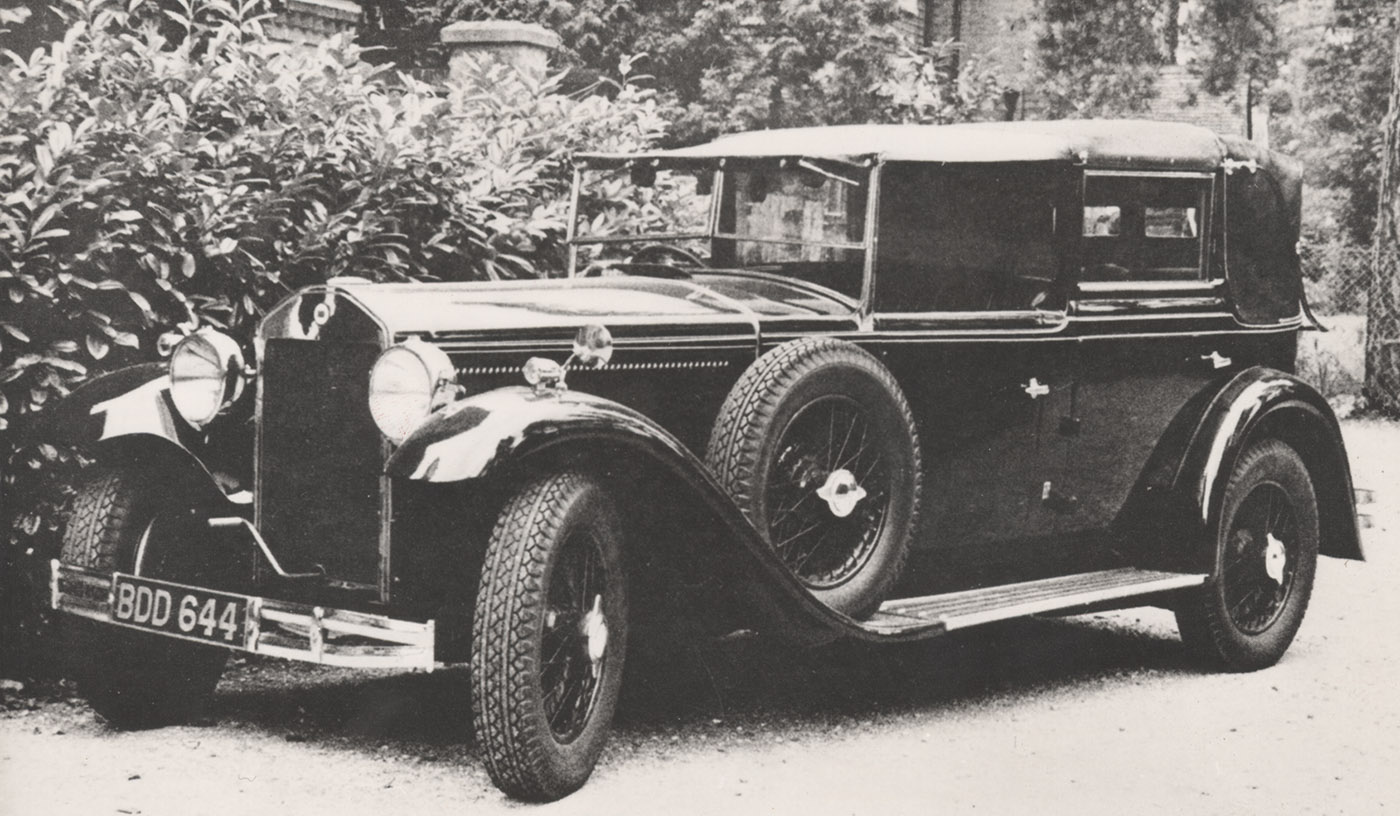Lancia Dilambda, the car that started the legend Pinin Farina

In the year of Pininfarina’s ninetieth anniversary, here is the custom-built car from which everything started: a Lancia Dilambda, the first model designed and manufactured by “Pinin”
The first car ever to bear the signature of Battista “Pinin” Farina, founded in Turin in May 1930, was a Dilambda Cabriolet version. A model, produced from 1928 to 1935, which also represented an end, since it was the last of the Lancia cars to be called with a letter of the Greek alphabet according to a choice that began with the Alfa of 1907, the first creation of the Turin company. The affix “Di” then always served to indicate a more evolved or sporty version of the models. In fact, the Dilambda was the luxury version of the previous Lambda.
A legacy of great prestige. When the Dilambda came out, Lancia had already shown the world that its cars were not only about quality but also innovation. The new car replaced the Lambda, a model that revolutionized the history of the automobile. With a very narrow 4-cylinder V engine, with a 13-degree angle, the Lambda was compact and had an agile structure despite being of mid-high range. But that’s not all: Lancia’s flagship model introduced several other groudbreaking new features, such as the independent wheel front and the fusion between bodywork and chassis, which makes the car light and at the same time resistant. It is no coincidence that, with more than 13,000 units sold, it was the workhorse that brought the brand to the top of the international car market after the bounceback, during the first post-war period.

Size matters. To compete in a motoring world affected by gigantism like that of the Twenties, however, despite its many virtues, the Lambda was not big enough. It had to deal with sumptuous travelling monuments like the Isotta Fraschini Type 8, which were successful in the American market. This is why the new model was created, more luxurious and imposing, with a return to the chassis design and with the tank positioned at the rear. In addition to Vincenzo Lancia, the design of the Dilambda is signed by Giuseppe Sola, head of the engine experience department who remained faithful to the company until after the death of the owner in 1937.
Produced in three series. The engine of the Dilambda is a narrow 4000cc V-cylinder 8-cylinder engine with overhead distribution axle with parallel valves, which generates 100 hp. The model of the first series is called 227; the second, short wheelbase, Type 229, and the last Type 232. Of these, there are two versions produced completely in house, Sedan and Torpedo, while most of the models were manufactured in external body shops. After the presentation at the New York Motor Show, where it was a success, Lancia invested heavily in the Dilambda, so much so that an exclusive factory was set up in the United States to assemble the model. It served little purpose, however, because with the incipient economic crisis of 1929 the entire project was scrapped.
Only for top customers. The Dilambda didn’t even touch the commercial peaks of the Lambda, but fascism certainly liked it: in 1972 in Monza, one used by the Duce was auctioned off, while the French pianist Magda Brard, Benito Mussolini’s only foreign lover, was applauded for her Dilambda at the Concorso d’Eleganza at Parco del Valentino (Turin) in 1932. Too bad that only 1,685 car were sold (source: Museo Nicolis), otherwise we would see more of them these days. But it was an extra luxurious car, after all. And it was destined for only a few élite buyers.
© UNAUTHORIZED REPRODUCTION FORBIDDEN
